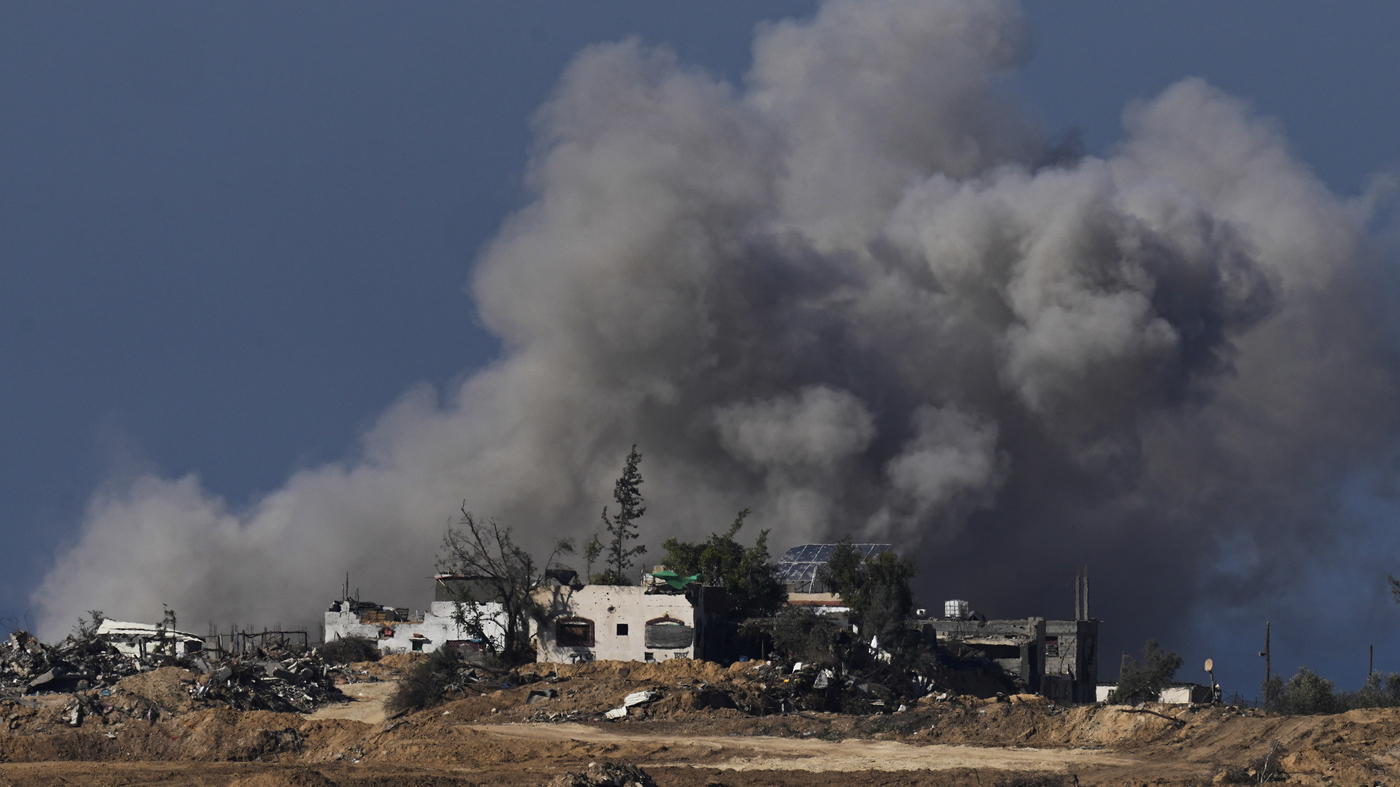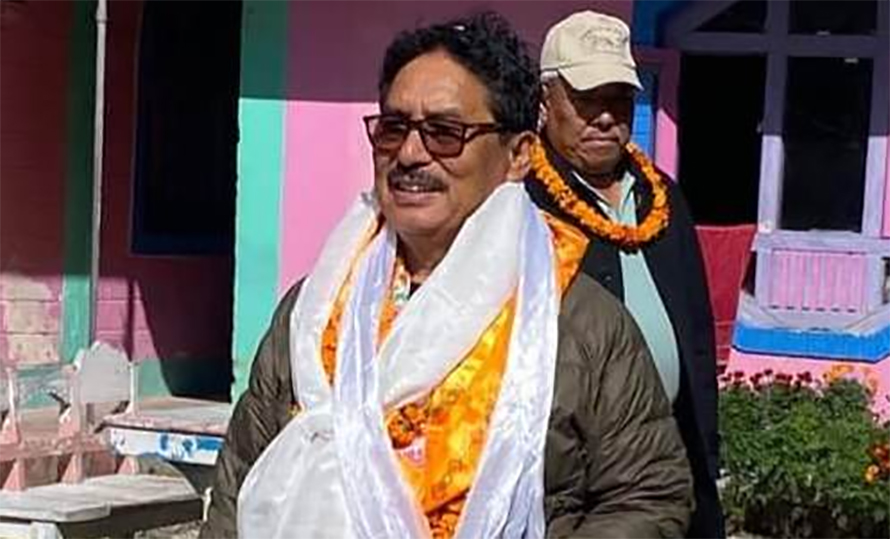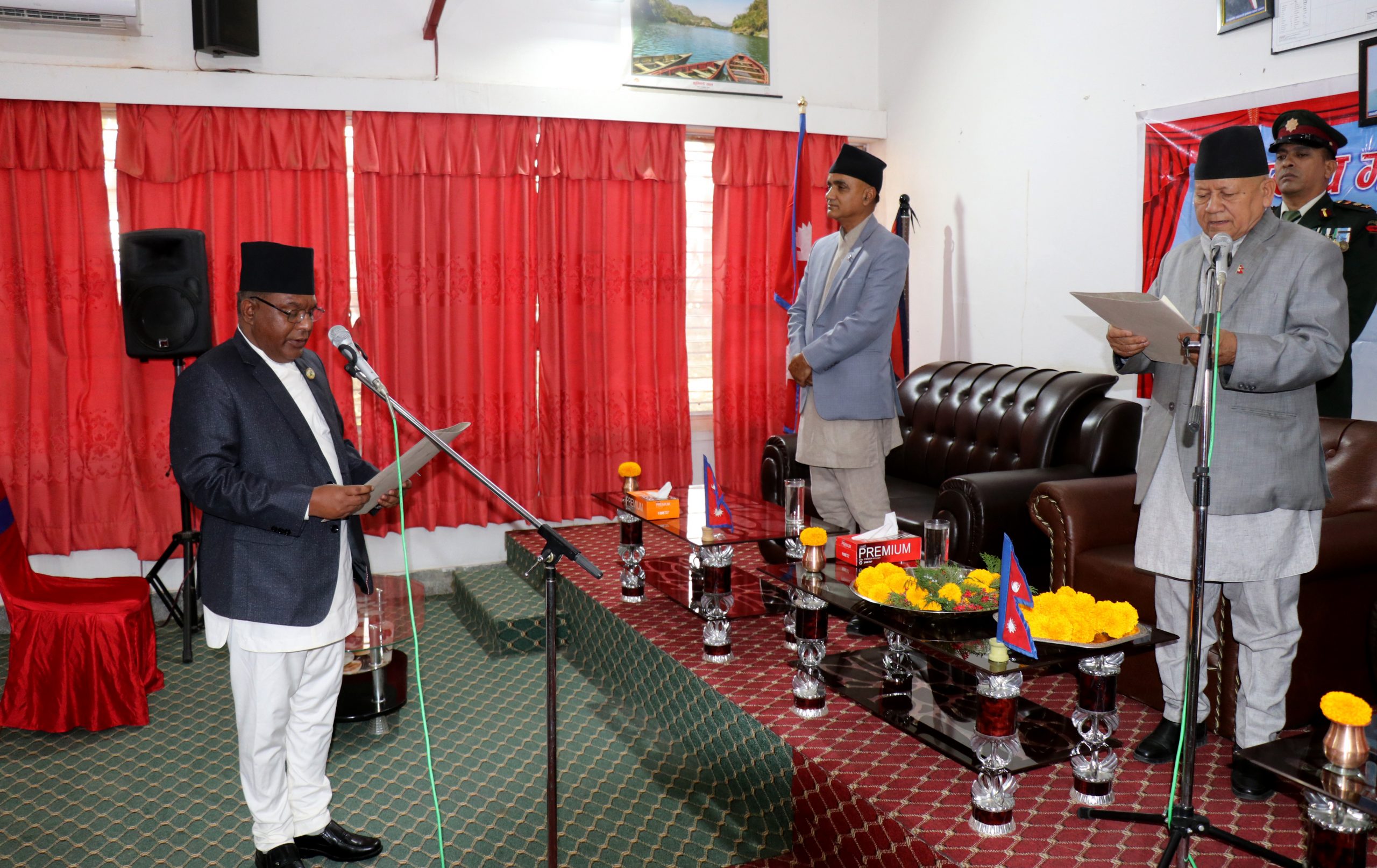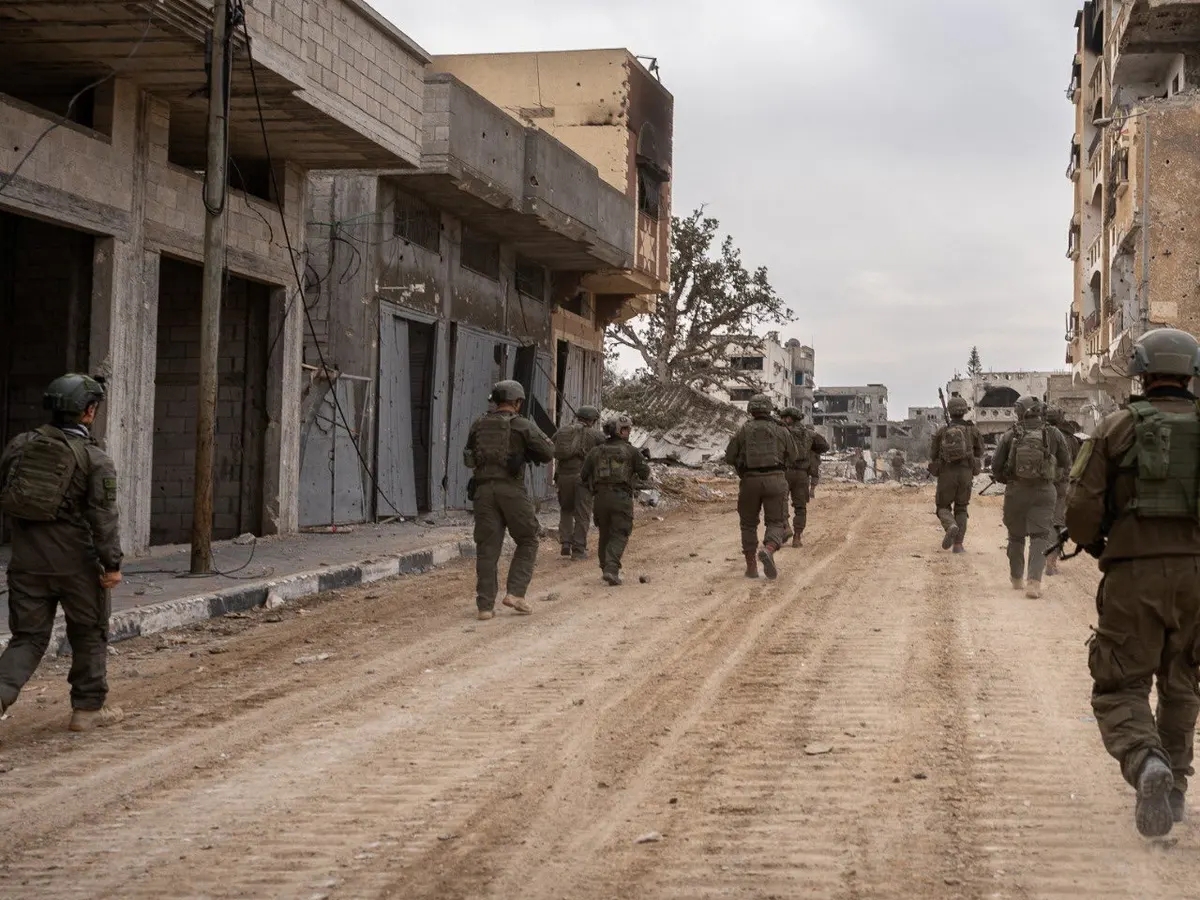Women journalists say they face harassment, but actions rarely taken

KATHMANDU: JAN. 21 – In the past two years, Suman Thapa Magar hasn’t been as productive as she used to be in her work. A journalist from Pokhara, Kaski, Magar earlier was working prolifically, covering significant social issues. But lately, she has started losing steam and has slowed down.
The work environment had an impact on her, she says.
“I had to constantly work in a toxic environment where I was objectified and verbally harassed by fellow male journalists,” said Magar, a journalist who has been working in the media for the past eight years. “As I didn’t get a safe space to work, my mental health deteriorated, due to which I couldn’t work as diligently as I used to.”
On January 12, Magar’s personal piece on her experience working as a female journalist was published in Shilapatra. In the article, Magar minutely wrote about the harassment she had to suffer at the hands of ‘senior’ male journalists, who time and again made her uncomfortable by making sexually suggestive comments to her.
“A ‘senior’ journalist once told me not to cover my thighs, as he found them attractive. He even dared to ask the size of my pants and my chest. Another ‘senior’ journalist asked me if I was interested in going with him to make my body warm [a sexually suggestive comment],” wrote Magar in her article without naming names.
Magar says she was driven to write the article as she felt the need to raise her voice against the harassment women journalists like her face regularly in the Nepali media.
“I wrote it because I wanted to share my experience and let others know what I went through,” Magar told the Post. “Time and again, when we are harassed, society tells us [women] not to speak. We are told to endure the pain and trauma we get from the harassment and forget everything that happened to us. But I wrote about my experience–even if it was emotionally taxing for me–as I wanted to highlight how women journalists are not safe in Nepali media. Sexual harassment has been a serious issue plaguing Nepali media for years, yet the surrounding conversations are always swept under the carpet.”
Magar is one of the few journalists in recent times who have spoken against the pervasive harassment that exists in Nepali media. Besides her, when the Me Too movement was at its peak in Nepal, some journalists like Subina Shrestha and Binu Subedi, also came forward and shared their stories. Through their writings, both Shrestha and Subedi uncovered the difficulties women journalists face, exposing the tolerance of sexism and harassment in Nepali media.
While voices like theirs have come few and far between, the trauma women journalists say is shared by many of them and their peers as they are regularly abused, harassed, and misbehaved by their male colleagues.
“It’s just that the media hasn’t fallen into the scrutiny, but harassment is pervasive in newsrooms. There are big media houses that have enabled and tolerated the sexual harassment of their female employees. Sadly, we don’t talk enough about it,” said Bimala Tumkhewa, secretary-general of Sancharika Samuha, a forum of women journalists and communicators.
From getting verbally harassed, male colleagues touching them inappropriately without their consent, to the constant gaslighting and unwelcoming sexual advances, for many women journalists who spoke to the Post, many Nepali newsrooms reek of toxicity.
They say that Nepali media is still unsafe for women to work, as they constantly have to battle sexism and harassment to make their place.
Sandhya (name changed) who’s currently studying abroad, went through so many unpleasant experiences during her stint as an intern in a paper that the disturbing memories have stuck with her for years, she says.
“There was this ‘senior’ male journalist who showed interest in sharing his knowledge to me on how I could be a better journalist. Back then, I was a newcomer. So, I thought he would be of great help; he had years of experience. However, as days went by, his behaviour towards me changed. He started texting me non-stop with creepy messages that made me really uncomfortable,” said Sandhya, whose real name the Post is not using to protect her identity. “One time, he asked me if I was interested in going out with him to a resort, implying that he wanted sexual favours from me. I was so young and vulnerable at that age that the incident shook me.”
It was just the beginning of the unacceptable behaviour Sandhya had to tolerate while working in Nepali journalism for three years, she says.
Talking through Instagram, Sandhya described numerous instances to the Post, where the actions of a male television journalist frightened her so much that she started blaming herself for the harassment she faced. The incident even made her worry about her safety and well-being, she shared with Post.
“I was a huge fan of his works. We even met casually for coffee once as I thought it would be a great opportunity to get to know him. In the beginning, he was well-behaved, but his actions started freaking me out after some time. I clearly remember one time receiving a message from him that made me speechless. The message was like: What if I kidnapped you? I want to keep you by my side forever,” said Sandhya.
The journalist didn’t just stop there.
According to Sandhya he constantly messaged her asking to meet him again, even when she didn’t show any interest.
“He kept on troubling me with unwanted messages like he finds me beautiful and so on. I never responded. He should have known that I have no interest in talking with him if I am not replying. But he kept on pestering me with unwanted messages so much that I had to unfollow him from my social media account,” said Sandhya.
“That incident left a huge impact on me; I cried and even doubted myself. As I had initiated the conversation, I thought it was me who encouraged him to cross the boundary. It was only after a year that I realised that what I went through was harassment, and I was actually the victim,” she said.
According to journalist Shusma Barali, young women journalists like Sandhya—who are just starting their career in journalism—are most vulnerable to discrimination and harassment. While mid-career women journalists face discrimination and harassment and are even subjected to microaggressions, Barali believes that young journalists are more at risk in newsrooms.
“Usually, when young women journalists start out working, they lack experience and have no idea how media operates. And since they are already in such a vulnerable state, many male journalists—who first appear friendly and helpful— try to take benefit out of their situation by making sexual advances to them. This often pushes the young journalists into helpless situations since they don’t know how to deal with such situations and thus are forced to work in an unsafe environment,” she says.
When the Me Too movement arrived in Nepal, many abusers from academia, theatre, and film fraternity were called out for their problematic behaviours. Although most of them are back to work and regularly get space in public spheres, some of their names were made public. But hardly any people from the media fraternity were called out, even when many women journalists say that the industry is filled with predators who have misused their power repeatedly.
One of the significant reasons the abusers working in Nepali media aren’t held accountable is the imbalance in gender power dynamics. Like every other sector, Nepali media is still primarily controlled by men. According to the Federation of Nepali Journalists, only 16 per cent of journalists in Nepal are women. And even within those who work, only 6 per cent are in decision-making positions like editors.
As most of the abusers happen to be male journalists in powerful positions, Laxmi Basnet, a journalist who’s currently affiliated with the Story Kitchen, believes this might be one of the reasons why cases of harassment in media get underreported.
Basnet believes that in a country like Nepal, where victim-blaming culture is deep-rooted, most victims—including those who work in the media—are forced to live in fear. Powerful men can easily silence their voices, and due to this, the dark side of Nepali journalism hasn’t been unravelled, Basnet says.
“Since men highly dominate our newsrooms, most of the harassers hold more senior positions than the victims. And because of the unequal power dynamics, it’s tough for women journalists to speak against the harassment they face; they have more to lose than their perpetrators. That’s why most of them don’t share what they went through,” shared Basnet to the Post. “Only if there were a safe environment where a woman can speak without fear, then everyone would know how big the problem is.”
There’s truth to what Basnet says. Besides her close friends, Sandhya has never shared what she went through with anyone. The risk of going against a powerful man like her perpetrator was too high. So she decided to remain silent, she confided.
“I was too scared to share what he did to me. At the end of the day, he was a powerful person, but no one knew me; I was just an upcoming journalist who had no power and resources,” she told the Post.
Basnet says that several women journalists like Sandhya have chosen to remain silent in many instances as they couldn’t get any support. Because of the constant harassment, they face in their workplace, some of them get traumatised to a level that even if they like their job, they change their career trajectory and join a different field, shared Basnet.
But there have been a few journalists who have spoken against the harassment they faced. Even if it was internal complaints, many women journalists say that they have alerted managers of the media houses about the misbehaviour of their male colleagues who often cross their boundaries. Their concerns, however, are rarely entertained, as instead of taking actions against the perpetrators, misconduct towards women is normalised, says Barali.
“The majority of men in our newsrooms lack sensitivity to deal with these issues. They don’t consider issues of sexual harassment as important, yet another manifestation of a patriarchal mindset; they believe such things happen, and we shouldn’t make a ‘big deal’ out of it. This is the primary reason why the harassers aren’t held accountable,” said Barali.
However, the lack of support from their male colleagues and the absence of robust mechanisms to keep newsrooms a safe space hasn’t deterred a few women journalists from speaking against the violence they face.
Before Magar, in September last year, Reena Thapa, a young journalist who also lives in Pokhara, shared similar experiences of harassment she faced in an article published by PahiloPost.
From making unsolicited sexual comments on her body to even asking the size of her chest, in her article, Thapa explicitly mentioned the problematic behaviours of ‘senior’ journalists who verbally harassed her and made her uncomfortable in many instances.
Thapa says, like Magar, she was also motivated to write the article as she felt that it was high time such harassment faced by women journalists was addressed.
“There’s this common tendency to let go of the cases of sexual harassment in Nepali media. However, I felt we had to do something because we all have suffered enough. Our ‘senior’ male journalists have misused their power repeatedly,” said Thapa. “They never see us (women journalists) as equals. Hence, to highlight the ill practices and the culture of normalisation and tolerance of sexual harassment in the media, I shared my experiences through my article.”
Although Magar feels relieved to share what she has been going through, she said the past week has been really hectic for her. She has been receiving numerous calls and messages from many women journalists appreciating her move.
A few days after her article was published, the Federation of Nepali Journalists, Kaski and Sancharika Samuha released press statements, respectively, to extend their solidarity with Magar and Thapa.
But a few responses Magar has received have disappointed her. Instead of empathising with her, some resorted to victim-blaming and called her article a ‘publicity’ stunt, she said.
“People are telling me to name names. But I am not going to do that because they are powerful men, and my career can be in jeopardy,” said Magar. “My intention of writing the article was to ignite conversations around the lack of safe spaces in Nepali media. I hope I was able to do that, as it’s high time we talked about the harassment women journalists face.”
-Kathmandu Post









